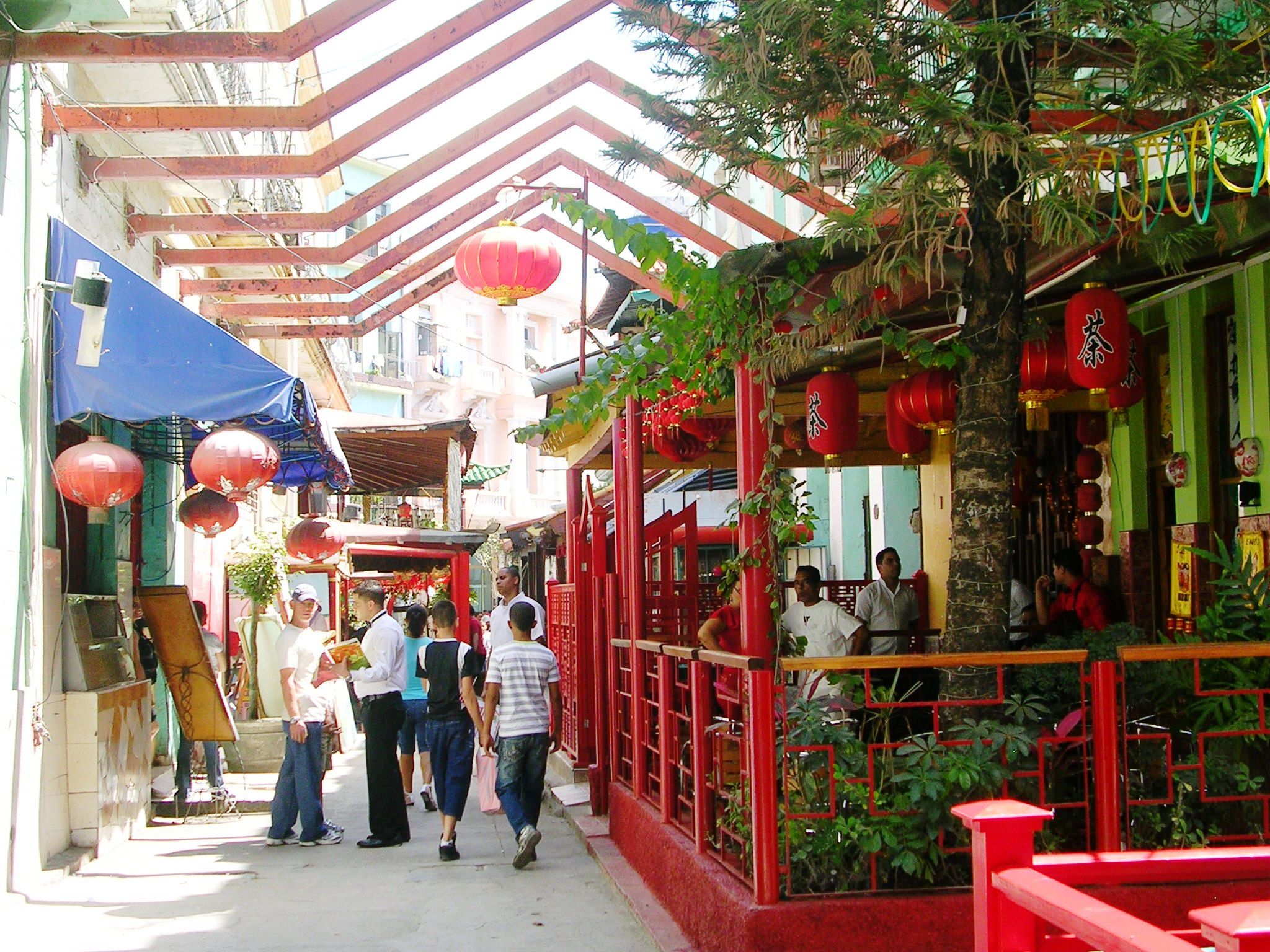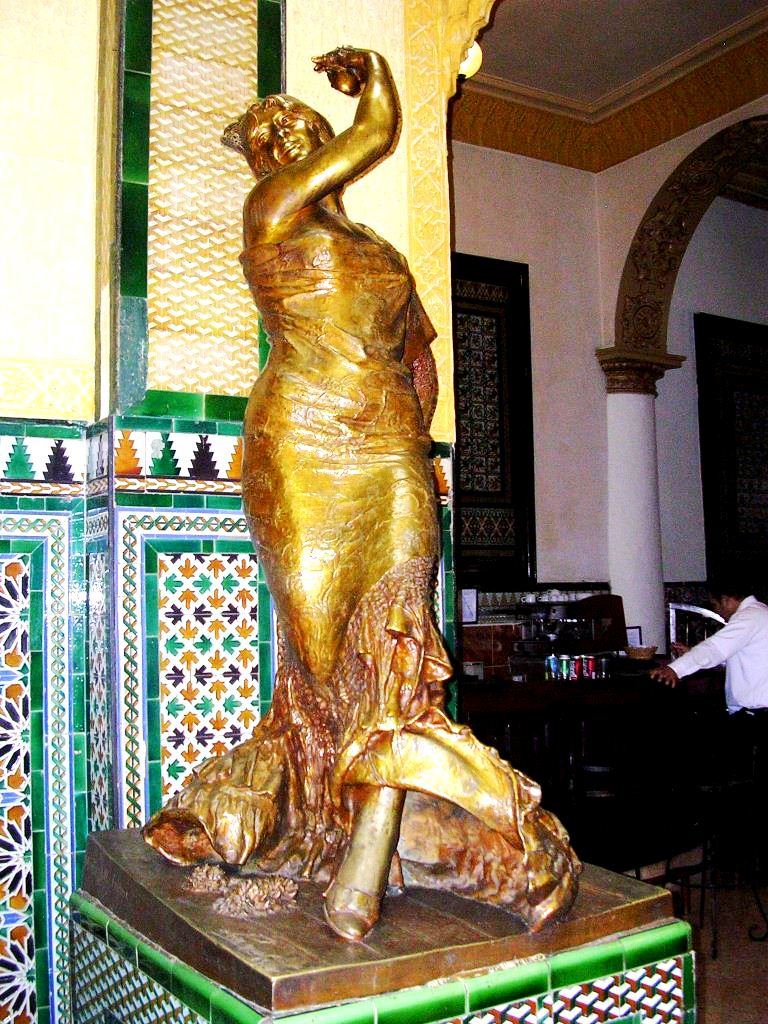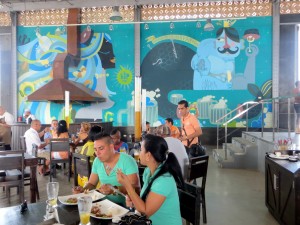22 September 2014 – Havana Times
Rogelio Manuel Diaz Moreno
http://www.havanatimes.org/?p=106289
The Cuban government’s reforms continue to make slow, somewhat erratic progress and to evince a series of unique characteristics and tendencies that are food for thought.
Let us recall, first, that Cuban politicians like to refer to this process as the “updating of Cuba’s economic system.” This past Friday, Cuba’s official newspaper, Granma, proudly informed readers about one of the sectors now at the forefront of the process, the food industry. Reading the article, one immediately senses that its author, journalist Lorena Sanchez, suffers from the deeply-rooted shyness that characterizes government propagandists, those who refuse to call the private sector by its name and use the euphemism “non-State” in its place. Perhaps she merely transcribed the message from the Vice-Minister for Domestic Trade Ada Chavez Oviedo: in short, that private or “non-State” forms of ownership will prevail in the sector once it has been fully “modernized.”
In her report, we find out that 68 % of the country’s better known food establishments are still under State management. Over a thousand have been passed on to the self-employed and cooperatives (mostly the former). Here, we run into a fact that is alarming for left-wing forces. If the process of de-nationalization was planned by an allegedly socialist government, why weren’t cooperatives prioritized? Will the same tendency characterize the de-nationalization of the establishments that have yet to be “updated”?
Agriculture and the food industry have experienced the most visible changes, perhaps because they were facing the most severe crises. Farms, cafes and restaurants have been the paradigms of bad and inefficient State management. In both cases, the main solution has been to place the means of production in private hands. In effect, we are now witnessing substantial changes in the activities conducted in these sectors, prosperous fields and quality services where before there was nothing but marabou brush and flies. One cannot help but wonder, however, about the actual potential of these reforms, which are more liberal than anything else, and about who is reaping the actual profits of this.
Another article published by Granma a few days before reported that the largest number of self-employed workers aren’t exactly “self-employed”, but rather the employees of someone else – small or mid-scale private entrepreneurs. In fact, the number of such employees in the country isn’t larger because of how small most businesses are. This data can prove useful for a study of the changes our society is experiencing.
Champions of capitalism say that the market economy and privatizations are good because they increase the number of property owners, of prosperous individuals. Our government’s spokespeople praise the “updating” process, based on liberal and market reforms, because it will lead to prosperity, or so they claim.
I invite readers to go out for a stroll around Cuba’s cities and talk with the people who stand behind the counters of private restaurants and food stands owned by others, to ask these employees whether their working hours abide by the limits established in the recently-approved Labor Code, how many vacation days the owners grant them, and, if they are women of reproductive age, whether they believe that they can have a child and keep their jobs. If you do, don’t ask them whether they can ask for a raise – you wouldn’t want to get them fired on the spot. The owner, see, is sacrosanct, and Cuba’s blessed Labor Code gives them the authority to do just that. We are simply to accept that they’re being generous enough by paying more than the State. Afterwards, take a trip to the countryside and ask the farmhands employed on the ranches of the more fortunate farmers – those with both land and connections – the same questions.
The liberalization of the food industry and other sectors, given the “successes” the government boasts of, is probably representative of what is to come. Both the facts and history suggest that the Cuban State will continue to fail at most of its economic endeavors. Unable to solve these itself, it will have two alternatives: dismantle such production and service centers, or hand them over to the self-employed or cooperatives.
The more liberal option has been the most common implemented to date. With every step taken in this direction, with the expansion of the means of production involved, the exploitation of workers by private entrepreneurs, owners or managers of such means of production, will invariably increase. It is also true that, till now, State exploitation had been the norm.
Will we improve as a society following the privatizations that are presumably to come? It is not an easy question to answer, for we aren’t doing well at all right now. What’s certain is that the path ahead of us is a 180 degree turn from the road towards legitimate socialism, and that, in other parts of the world, this road has led to severe and irreparable damage to the so-called middle classes, to the concentration of property in a handful of individuals and to the extreme polarization of society between wealth and power and poverty and despair.
In short, the path traced by the “updating of Cuba’s economic model” is strewn with contradictions. One day, the authorities create more possibilities for private initiative. A short while later, they restrict these same spaces. They want for the private sector to absorb all who have been laid off or will be by the State sector, but they curtail the basic conditions needed for the development of the sector, such as the opening of wholesale markets and imports through different channels. They want to open the entire country to foreign investment, but they do not allow foreign investors to deal directly with the work force, setting up an onerous and profitable State mechanism that acts as intermediary.
The government also has its ways of dealing with the ideologically restless. One day, the papers expound on philosophical hesitations with pronouncements such as “no one knows for certain how socialism is built.” The next day, they reveal that the Council of Ministers has traced a development plan for the economy, society and politics for 2030 and beyond. The only problem is that they don’t tell you what those plans are. Some time later, they tell us they are going to save socialism through a battle in the field of ideas and culture, ignoring the vital space of society’s material reproduction.
What one discerns from below following a simple class-conscious analysis is a tendency towards the kind of capitalism that the opposition wants – but with the current governing class, the one that speaks of “updating socialism”, at the top, and without opposition. The government and opposition, thus, will continue to quarrel, and each will thwart the concrete progress of the reforms with the same objective that unites them and rifts them apart.























